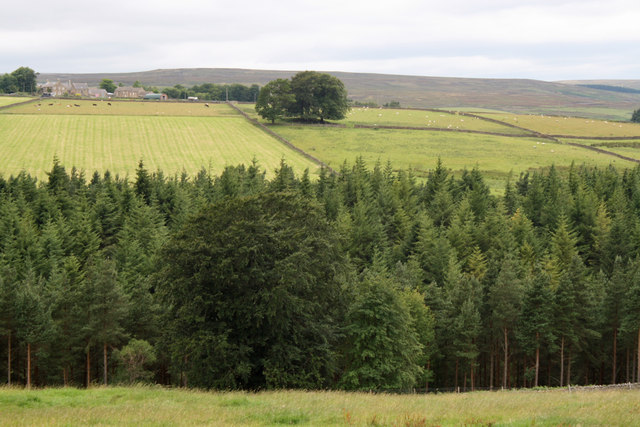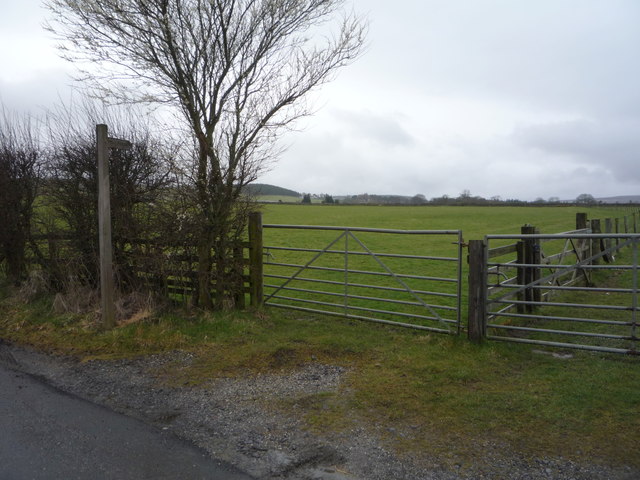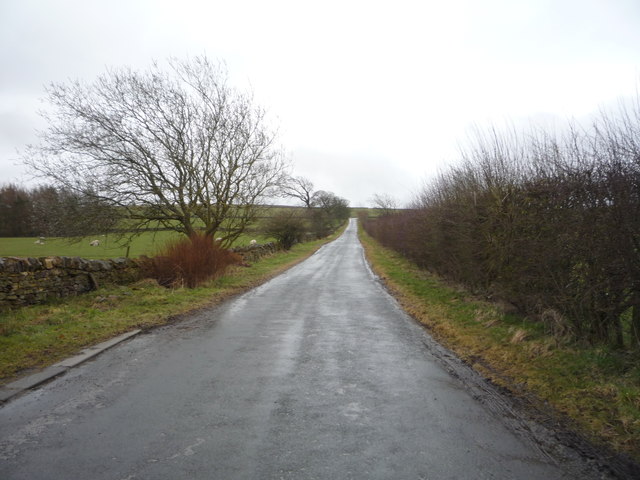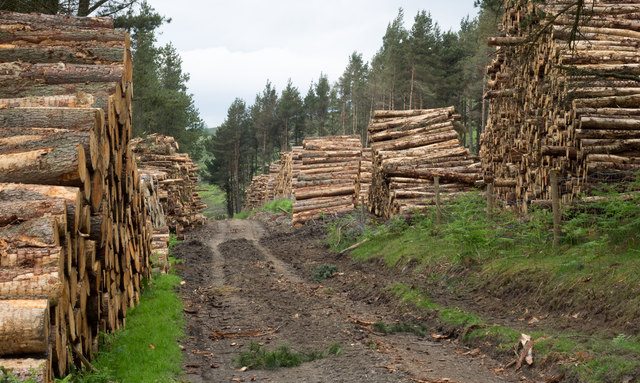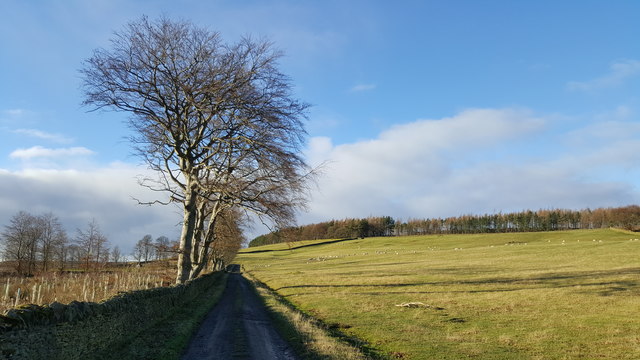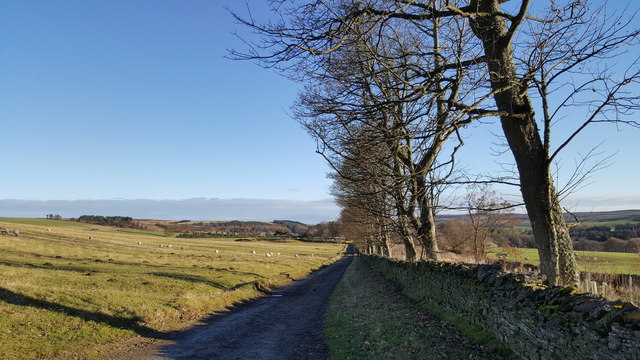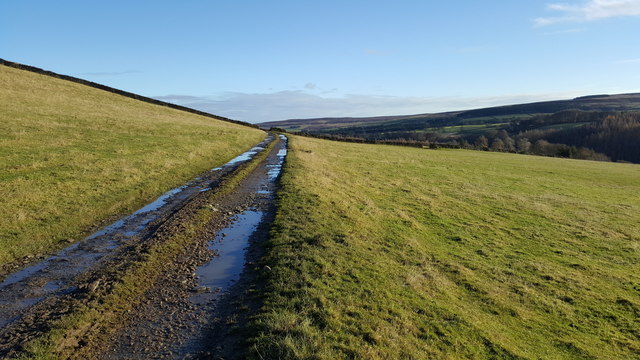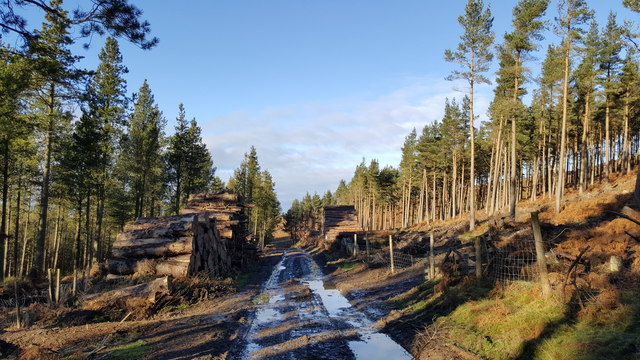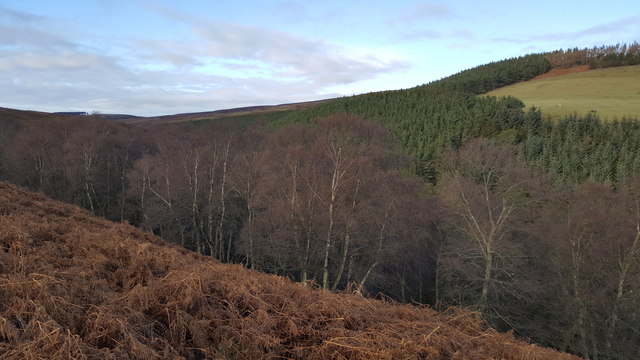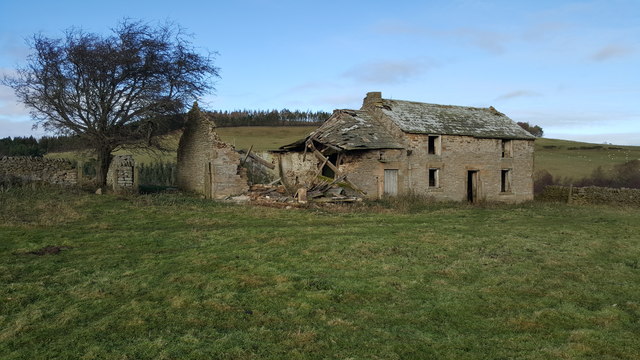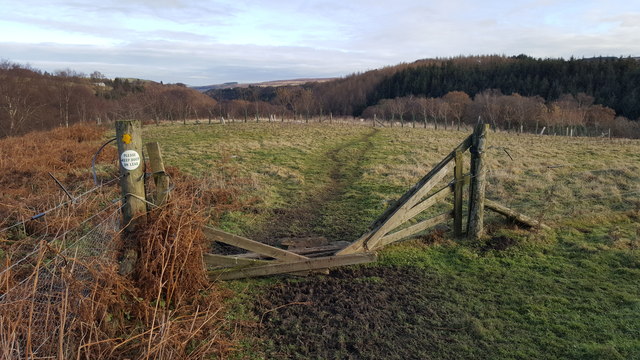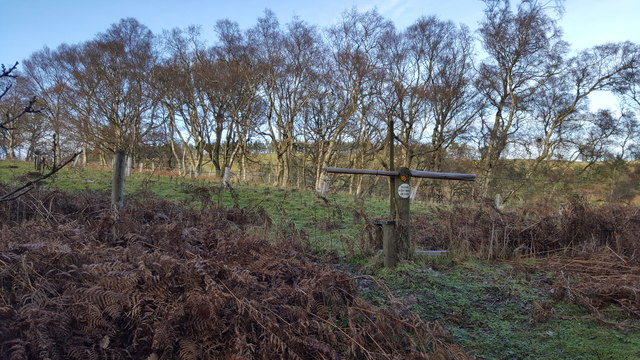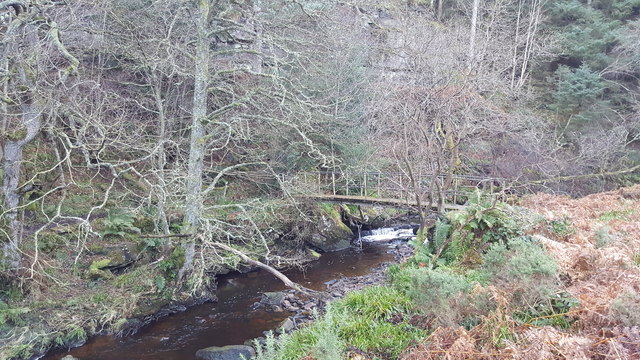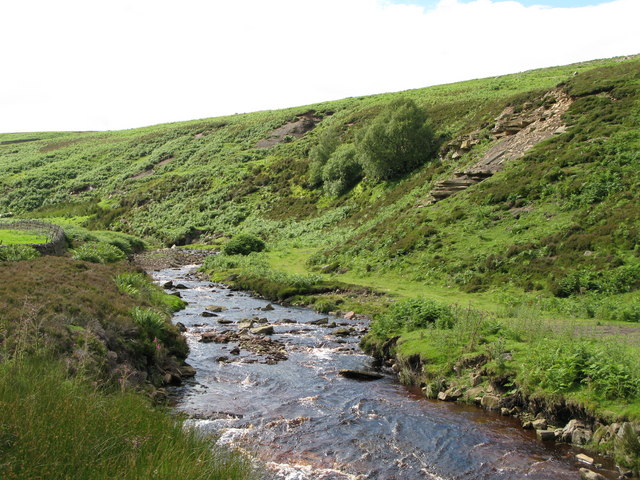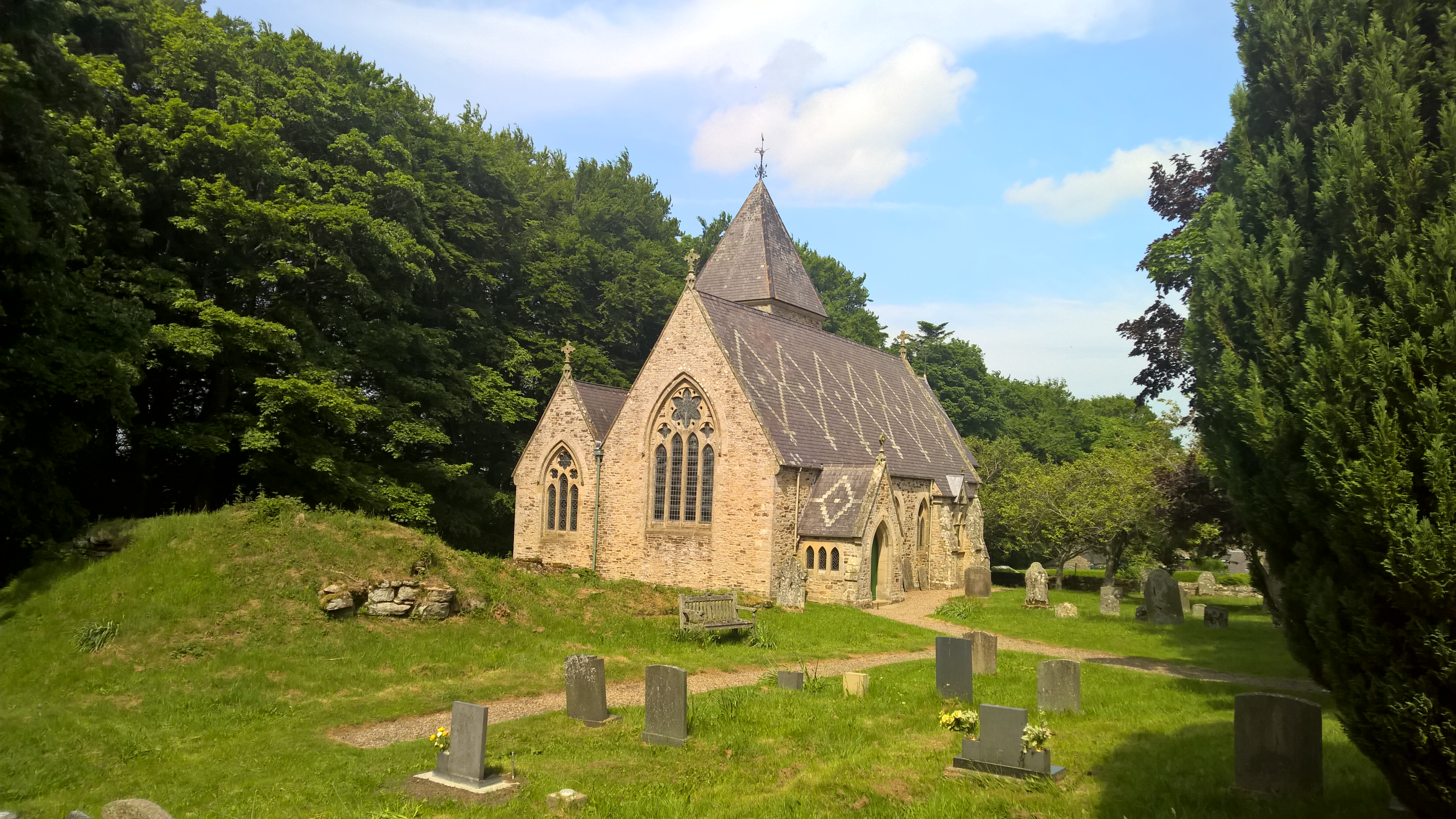Parker's Plantation
Wood, Forest in Northumberland
England
Parker's Plantation
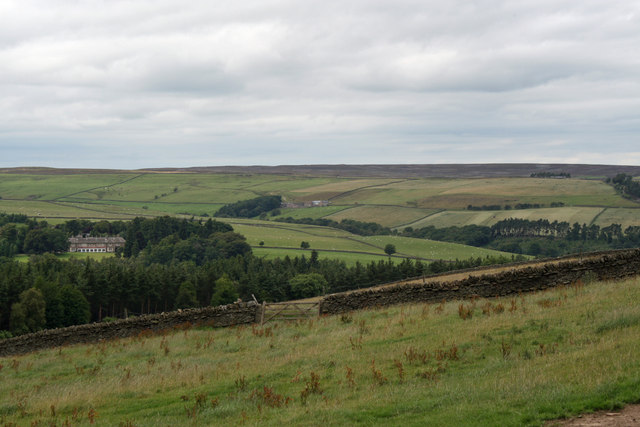
Parker's Plantation, located in Northumberland, is a unique woodland area known for its diverse array of plant species. Situated amidst the serene surroundings of Northumberland's countryside, this plantation is a haven for nature enthusiasts and researchers alike.
Covering an expansive area, Parker's Plantation is characterized by its dense forest, which is home to a rich variety of trees such as oak, beech, and maple. These towering giants provide a lush canopy that filters sunlight, creating a cool and tranquil atmosphere on the forest floor. The woodland is also adorned with an assortment of shrubs and undergrowth, including ferns, mosses, and wildflowers, adding splashes of vibrant colors to the landscape.
The plantation is renowned for its biodiversity, housing a wide range of animal species. Birdwatchers will be delighted to spot various avian species, including woodpeckers, owls, and songbirds, while small mammals, such as squirrels and rabbits, can be seen darting among the underbrush. Additionally, the plantation is known for its thriving population of deer, which graze peacefully in the open spaces.
Visitors to Parker's Plantation can explore numerous walking trails, allowing for a closer encounter with nature's wonders. These trails meander through the forest, offering opportunities to observe the flora and fauna up-close. The plantation also provides guided tours, led by knowledgeable experts who share fascinating insights into the various species and their ecological significance.
Parker's Plantation is not only a natural sanctuary but also serves as an important research site. Scientists and botanists conduct studies here, contributing to our understanding of woodland ecosystems and aiding in conservation efforts.
Overall, Parker's Plantation in Northumberland is a captivating woodland area that captivates visitors with its breathtaking beauty and abundant wildlife.
If you have any feedback on the listing, please let us know in the comments section below.
Parker's Plantation Images
Images are sourced within 2km of 54.84718/-2.0726173 or Grid Reference NY9550. Thanks to Geograph Open Source API. All images are credited.

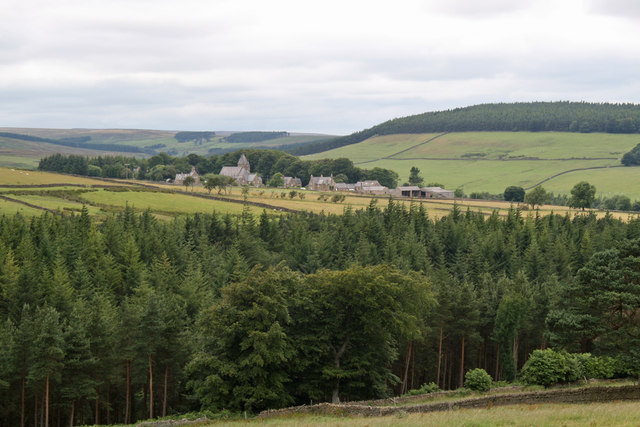
Parker's Plantation is located at Grid Ref: NY9550 (Lat: 54.84718, Lng: -2.0726173)
Unitary Authority: Northumberland
Police Authority: Northumbria
What 3 Words
///lakes.grumbling.beans. Near Slaley, Northumberland
Nearby Locations
Related Wikis
Baybridge, Northumberland
Baybridge is a small village in Northumberland, England, just to the west of Blanchland and on the border with County Durham. It is situated to the west...
Blanchland Abbey
Blanchland Abbey at Blanchland, in the English county of Northumberland, was founded as a premonstratensian priory in 1165 by Walter de Bolbec II, and...
Blanchland
Blanchland is a village in Northumberland, England, on the County Durham boundary. The population of the civil parish at the 2011 census was 135.Set beside...
Beldon Burn
Beldon Burn is a headwater stream of the River Derwent in Northumberland and County Durham, England.It rises at Quickcleugh Moss as the Quickcleugh Burn...
Hunstanworth
Hunstanworth is a village in County Durham, England. It is situated approximately 10 miles to the west of Consett, south-west of the village of Blanchland...
Townfield
Townfield is a village in County Durham, in England. It is situated just to the south of Hunstanworth and part of that parish, about 10 miles (16 km) west...
Ramshaw, Consett
Ramshaw is a small village in County Durham, in England. It is situated to the south of Hunstanworth, a few miles west of Consett. Lead mining was an important...
Pow Hill Bog
Pow Hill Bog is a Site of Special Scientific Interest in the Wear Valley district of County Durham, England. It lies alongside Derwent Reservoir, approximately...
Related Videos
Baybridge ~ Newbiggin Fell ~ Nookton Fell loop with iWalksNE ~ 10.2 miles ~ Glorious!
Who would have thought a day after the battering of Storm Babet we would have clear-blue skies and perfect walking weather and ...
Harrison's Cross Blanchland
As far as I can tell, this cross like structure has no significant meaning, and was probably built to protect animals from the high ...
Blanchland & Slaley Forest, Northumberland - 6 March 2023
A 10 mile walk from Blanchland. The route heads east along the River Derwent until it reaches the Derwent Reservoir. Here the ...
Nearby Amenities
Located within 500m of 54.84718,-2.0726173Have you been to Parker's Plantation?
Leave your review of Parker's Plantation below (or comments, questions and feedback).
